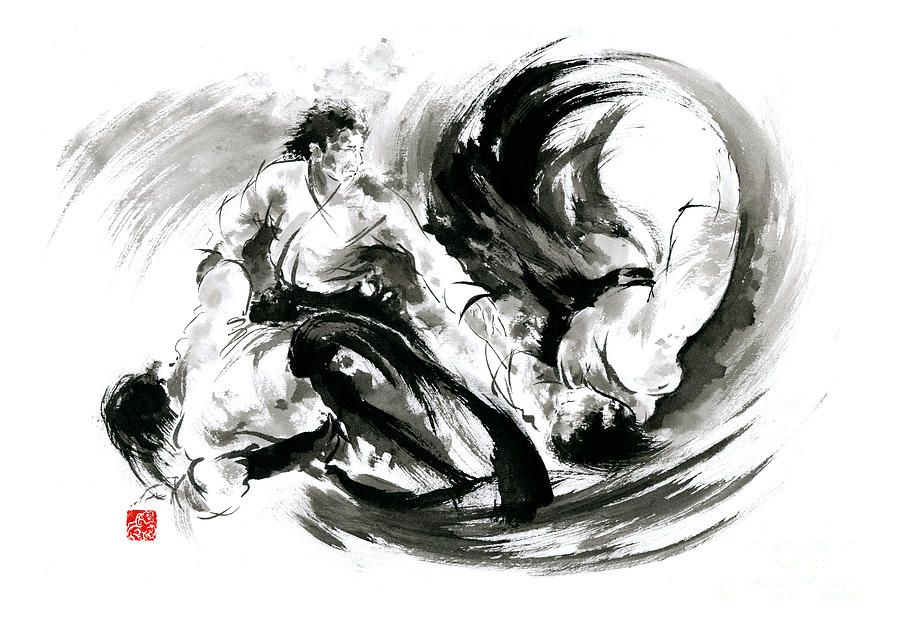Psychological Aikido: The “Yes, But…” Technique
Conflicts are inevitable, and not everyone is naturally skilled at smoothing them over. Sometimes, it’s something you have to learn. Psychological aikido is one of the conflict resolution techniques designed to help with this. It’s simple, easy to understand, and most importantly, effective. While the technique has always existed in practice, its theory was only recently developed thanks to the work of Russian psychotherapist Mikhail Litvak.
What Is Psychological Aikido?
In his book, aptly titled “Psychological Aikido,” Litvak describes in detail the situations where this method helps preserve relationships and resolve conflicts effectively and painlessly. At its core, psychological aikido can be summed up as the “Yes, but…” approach. Let’s take a closer look.
When to Use This Technique
Litvak’s method is almost universal. It works well in situations involving accusations or provocative behavior, when you need to cool things down and smooth over rough edges. This could be during interactions with an angry boss, random strangers, or biased loved ones.
If the problem requires serious joint discussion, the technique should only be used at the beginning and end of the conversation, or when your opponent gets personal or overly heated.
How Does Psychological Aikido Work?
The main principle is amortization, which is similar to inertia and the transformation of one type of energy into another. The idea is to use your opponent’s force to minimize their blow, using only a small amount of your own energy.
In practice, this means agreeing with your opponent. Agreement makes conflict impossible, since conflict requires opposing opinions.
Types of Amortization
- Preventive Amortization: Used to prevent a possible conflict, especially when behavior patterns repeat or the risk of conflict is high. This is like “taking the bull by the horns”—addressing the issue head-on, but not aggressively.
Example:
“I didn’t bring home my entire paycheck again. I understand you’re angry. Maybe I should have skipped celebrating payday just once. I know it’s weak of me. I’d better not sit at the table with you tonight so I don’t annoy you.”
- Immediate Amortization: Used in the moment when a conflict arises. This involves several principles: agreement, stroking, agreement-objection, and synonymy.
Agreement neutralizes the conflict. Sometimes, you may need to repeat your agreement several times during a particularly angry outburst.
Example:
“You’re late again! How could you? I just can’t believe it!”
“Yes, I’m late. I don’t understand how it keeps happening either. I can’t wrap my head around my own behavior.”
Sometimes, it’s best to just let your opponent vent. As Professor Preobrazhensky said, “Stay quiet and listen.”
Stroking involves agreeing and adding a compliment related to the topic. This helps reduce tension, especially if your opponent is aggressive.
Example:
“Watch where you’re going! Can’t you see the floor is wet? Are you really that careless?”
“You’re right, what am I doing walking on freshly cleaned floors? I really am scatterbrained. But you’re doing a great job keeping things clean and tidy.”
Agreement-Objection is when you agree, add a compliment, and then gently object. If needed, you can finish with preventive amortization, leaving your opponent with no ammunition. This is an advanced skill that takes practice, starting with small situations and less influential people.
Example:
“Why do you put up with your wife? She manipulates you! Let’s go to the game, I already bought tickets!”
“You’re right, I usually agree with my wife, but I actually thought the same as her this time. It’s too windy and rainy today, and I don’t want to risk my health. I know you’ll be upset since you bought the tickets, but I promise we’ll go next time when the weather’s better—and it’ll be my treat.”
Positive Synonyms can be used to replace your opponent’s sharp words, especially when they’re not furious. Agreement and gentle objection, using “softer” words, can steer the conversation in a calmer direction. Use this in the middle of a conversation, once the initial anger has subsided.
Example:
“What a mess you have!”
“Yes, I can’t function without a little creative chaos.”
- Super-Amortization: Combines the previous two methods. By exaggerating your agreement, you preempt further attacks from your opponent.
Example:
“You people are so rude, pushing your way onto the bus!”
“Absolutely, we’re both rude and crazy—there’s barely room to breathe, but I’m still hoping to squeeze in.”
- Delayed Amortization: Used most often when you’re just learning the method. If you couldn’t resolve the conflict today, you can return to the conversation tomorrow, armed with psychological aikido: plenty of words and agreement.
Example:
“Yesterday you said I was inattentive. I totally agree. Overnight, I realized I ignored your invitation to have dinner together. What a scatterbrain I am.”
Why Use Psychological Aikido?
As you can see, the technique is quite simple, even primitive. The main advantage is following your opponent’s lead, leaving no room for further struggle. You can learn these techniques on your own, and it’s definitely worth doing. They can be used in family relationships, business conversations, and everyday life.



